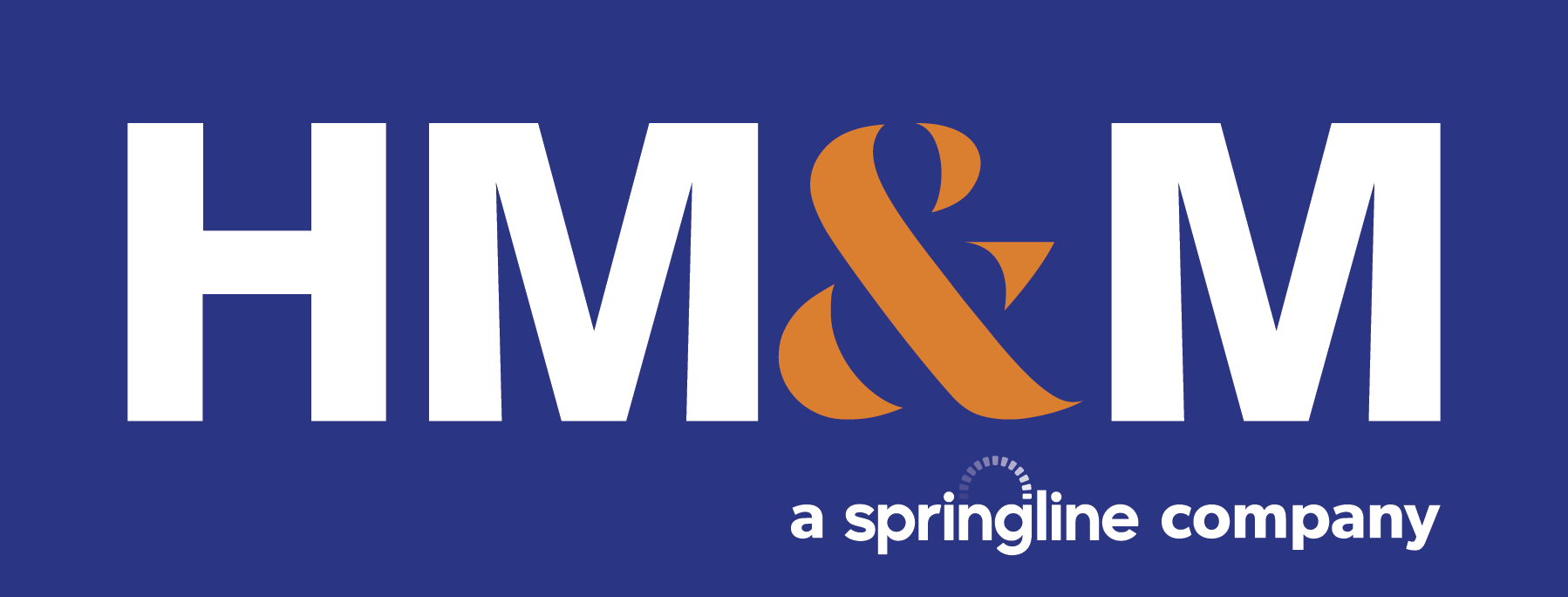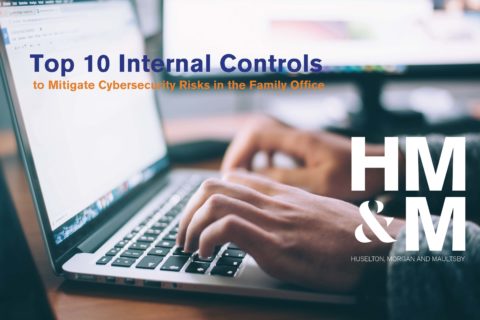A Roadmap for Understanding Your Total Tariff Liability
The ongoing trade war between the U.S. and China continues to rattle the retail industry. For more than a year, the two countries have been embroiled in a tariffs tit-for-tat that has retailers worried about its effects on business.
Consumer spending fuels about 70% of the U.S. economy, so a dip in consumer spending carries vast implications. Though the initial impact of the tariffs was largely relegated to manufacturers, retailers and consumers are not immune: In August, President Trump imposed a new round of tariffs of 15% on Tranche 4 items, which comprise everything from cotton to electronics, that are effective as of Sept. 1 and Dec. 15. The latter date will encompass most consumer footwear and apparel items. The rate of the tariffs and their timing will not change without progress in the mercurial nature of negotiations with China.
While many retailers have signaled their desire to move operations out of China to other countries like Vietnam and Myanmar, the logistics of such a move are not so simple. Retailers’ strategic planning considerations for the balance of 2019 and beyond are coalescing around mitigating the impact of tariffs, which are expected to be a source of continued uncertainty. Before you can determine how best to navigate tariffs, though, you need to understand your company’s global duty spend or total tariff liability.
Total tariff liability involves more than calculating the total sum of duties owed to customs authorities; it means understanding your company’s exposure to tariffs throughout the entire supply chain. This means knowing which products and services are impacted by tariffs and by how much. In many cases, companies will learn that there are legal options available to reduce liability, either via methods to reduce duties paid or by making operational changes to their supply chain.
To help you get up to speed, we’ve outlined 10 key questions and considerations that retail executives must be able to answer if they are to understand the options available for reducing their exposure as well as effectively plan and execute a customs and international trade strategy.
-
Who oversees customs and trade planning and compliance within your organization?
Most companies have a freight forwarder and customs broker that handles their customs and trade planning and compliance. The latest round of tariffs has made most impacted companies realize that this is not a sustainable model if they are to adjust enterprise operational planning to reduce long-term tariff exposure. Retailers need to have internal stakeholders who understand and drive their customs and trade strategies and compliance if they are to respond quickly and efficiently to new tariffs.
The most natural fit to handle these responsibilities internally may be a CFO, tax director, controller or treasurer who would work to understand and legally minimize customs duties through careful planning and analysis.
-
How much does your company pay each year in global customs duties?
Retailers may not be able to immediately determine this figure, as customs and duties are often buried in freight or transportation accounts within financial balance sheets. Separate accounts may need to be created to track U.S. customs duties, Harbor Maintenance Fees (HMF) and Merchandise Processing Fees (MPF).
Additionally, each U.S. importer of record can set up its own ACE (Automated Commercial Environment) Portal Account run by U.S. Customs & Border Protection (CBP) and receive real-time access to the data reported to the government. Once set up with an account, importers should run a report for entry details, which will show all duties and fees paid for a given date range.
-
Does your company maintain an internal database of each tariff code under the Harmonized System for each product that you import or export?
Customs compliance and planning is dependent on the specific product imported or exported, which means generic descriptions like “cotton” and “footwear” on documentation are not useful. To understand whether you’re paying the correct amount of duties on imports, retailers need to obtain, for U.S. imports, the full 10-digit code under the Harmonized Tariff Schedule of the United States (HTSUS) for every article. The product’s internal item number, a detailed description of the article’s composition, use, and any technical specifications, such as fabric content for textiles and apparel, should also be included. The end goal is for retailers to check their products against the tariff codes they’ve been using to pay duties and to determine whether they’ve been correctly applying the tariff code, are owed a refund or owe additional duties.
-
If you have related party transactions, has your company prepared transfer pricing documentation to support the arm’s-length nature of the intercompany pricing for imported tangible goods?
Often the best opportunity for customs planning and savings lies in the related party nexus between transfer pricing for income tax purposes and customs valuation under the 1979 GATT Valuation Agreement rules, which are used by all global customs authorities. These two disciplines are really two sides of the same coin, as customs and tax operate in whipsaw effect—as one increases, the other decreases. Specifically, higher inventory basis is desired for tax to increase inventory basis deduction and lower profit—and thus income tax—while lower values are desired for customs to lower duty payments. Addressing these two areas in tandem can yield significant benefits—and sometimes duty refunds—when year-end transfer pricing adjustments result in lower COGS (lower customs values) to increase profit.
-
If your company imports into the United States, are your products subject to antidumping duties (ADD) or countervailing duties (CVD)?
A top priority of U.S. Customs & Border Patrol (CPB) is enforcement and collection of ADD and CVD. As a result of a law passed by Congress in 2016, CBP has a new office devoted entirely to investigating allegations of evasion of ADD and CVD. Many importers do not learn that their products are covered by ADD/CVD orders until after importation—when it’s too late to do anything. AVD or CVD duty assessments can reach more than 300% of a product’s declared value, which can have disastrous business consequences. Taking proactive steps to determine whether products would be subject to ADD or CVD before importing and, if so, determining a way to change sourcing methods are vital to retailers’ long-term success.
-
Has your company ever been audited by Customs and Border Patrol (CBP) or been subject to any prior penalties, seizures or other enforcement action?
CBP maintains a database of past offenders as well as companies whose profiles fit into their commercial targeting parameters. Companies in high-risk industries like apparel, electronics, and footwear are frequent targets of CBP scrutiny. Since companies usually remain on CBP’s radar for years after a violation has occurred, companies should know their CBP history so they can anticipate audits or other actions. Regardless of their status with CBP, however, every retailer should have strong internal controls in place to prevent compliance issues that would cause a CBP enforcement action.
-
Has your company ever performed an external audit of U.S. or global customs compliance?
Even with no history of violations, an importer’s best bet to get ahead of the curve and correct any errors is to undertake a review of its reporting and recordkeeping with CBP and/or global customs authorities. Conducting an external audit of customs compliance and reporting is the surest way to identify and correct all potential issues and to minimize the payment of duties and other fees to CBP and other global customs authorities.
-
Does your company have a formal NAFTA qualification program that meets all the requirements of U.S. Customs & Border Protection, Canada’s Border Services Agency, and Mexico’s Servicio de Administración Tributaria (SAT)?
NAFTA is the most commonly used free trade agreement for companies with operations in the United States, Canada and Mexico, yet many retailers are unaware of which specific NAFTA rules apply to their business. Customs authorities have ramped up audits, called NAFTA Verifications, which means proper documentation to support NAFTA claims is needed to avoid being denied preferential duty treatment. NAFTA documentation needs to be made a company-wide priority; otherwise, businesses risk paying a non-NAFTA duty rate, which can significantly impact business planning and balance sheets.
-
Does your company import merchandise made by a contract manufacturer?
One of the oldest and most reliable customs-duty-saving techniques is called the First Sale Rule (FSR). The United States is the only major trading nation that still allows use of FSR, under which the manufacturer’s invoice can serve as the declared customs value when it represents the first in a series of two or more sales preceding importation into the U.S. This typically occurs when an unrelated contract manufacturer sells goods to a middleman—such as a trading company—which then re-sells the goods to the U.S. importer. FSR claims must be supported by meticulous documentation and meet certain requirements to quality and shouldn’t be overlooked by any retailer, large or small.
-
Does your company export merchandise in the same condition as it was in when imported, or as a material used in the production of your exported good?
Duty drawbacks can be a financial windfall for retailers that export merchandise. The basic rule is that a refund of 99% of any duties paid on imported products can be claimed for any imported items that are exported in some form—either as “unused merchandise drawback” (the same item is exported as that which was imported), or as “manufacturing drawback” (imported materials are further processed prior to export). Drawback can also be claimed for items that are scrapped because they don’t meet the order specifications. Under certain conditions, even domestic materials can be substituted for the imported ones, and the exporter still gets a refund of import duties.
Answer these 10 questions, and you’ll be well on your way to understanding your company’s total tariff liability, and to being prepared for the next big tariff news.
Contact us to learn more.
Latest News
On June 9, the IRS released Announcement 2022-13, which modifies Notice 2022-3, by revising the optional standard mileage ...
At the tail end of 2021, the Internal Revenue Service (IRS) released new Schedules K-2 and K-3 effective ...
This information is current as of Sunday, November 21, 2021. On Friday, November 19, 2021, after the Congressional ...
HM&M Updates
DALLAS, Dec. 11, 2024 – Springline Advisory, a trailblazing financial and business advisory firm, is proud to announce its partnership ...
Last month, Senior Manager, Pearl Balsara was invited to speak at the 2023 FPA DFW Annual Conference in ...
We are pleased to announce the winners of the 2022 HM&M Excellence Awards. Ronna Beemer, Keith Phillips, and ...










